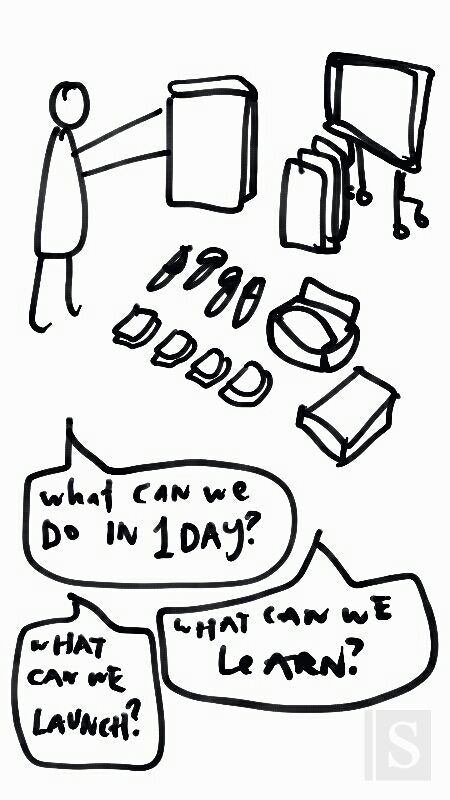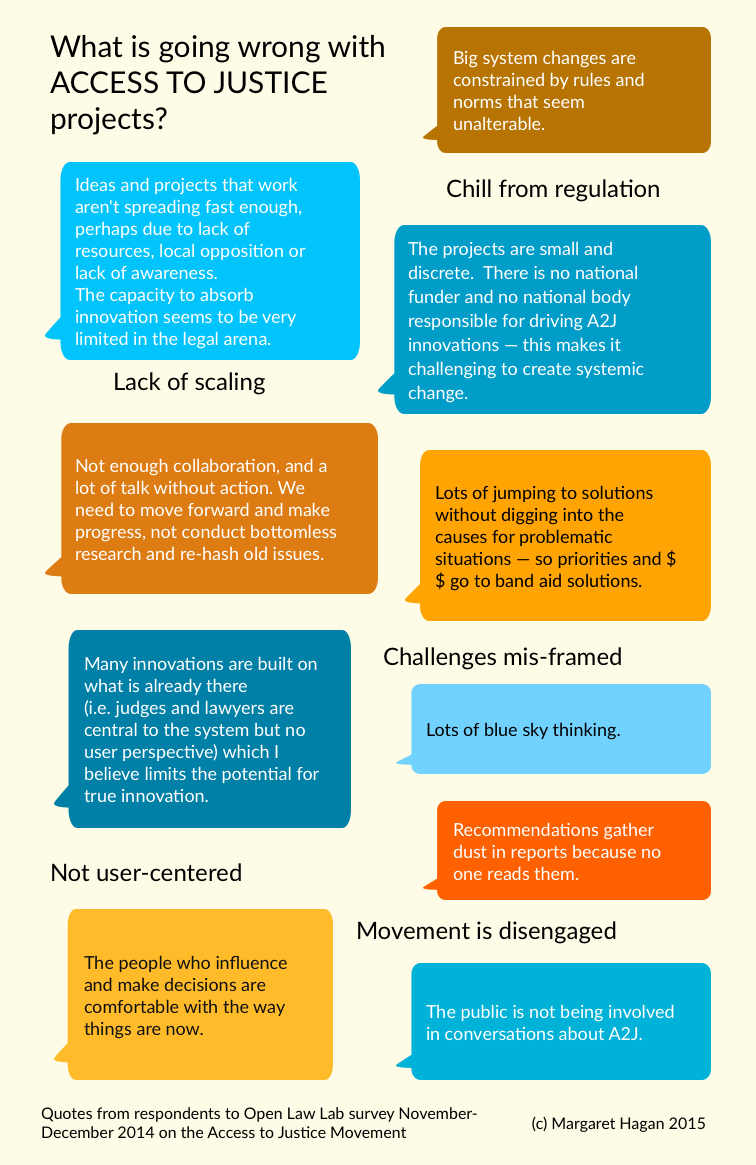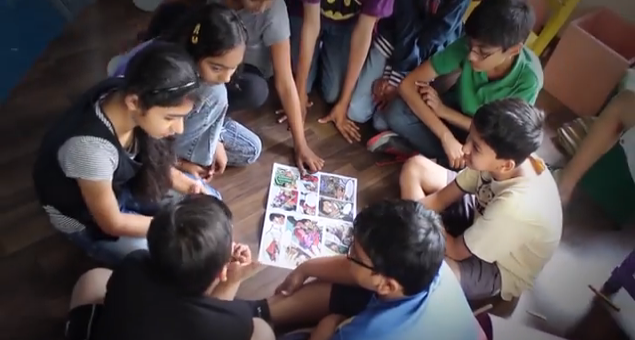As I plan out what I might teach next quarter, I’m increasingly decided against having another classroom-based design class. I want to be in the field, where the users and service-providers of the legal system are, and where we can quickly spot failpoints and opportunities, create new interventions, test them, and improve from them.
I am thinking of a Rapid Prototyping on-site class, in which I and a small band of students have to create a new solution to access to justice problems every class, get it tested, and hand it over to our partner for them to carry through.
To do that, the students will be trained in basic design skills — as well as patterns and prototypes of ‘what is possible’ and ‘what they can borrow from’ when they think about new interventions.
Over the course of the class, we can start with low-hanging fruit — where the problems are obvious and interventions are low-cost and easily designed (like improved navigation to the physical space, more welcoming and orientation prompts, and small efficiency improvements). Then as the quarter progresses, we can identify more ambitious targets for redesign — like underlying factors, system requirements, organizational structures, or new technologies.





